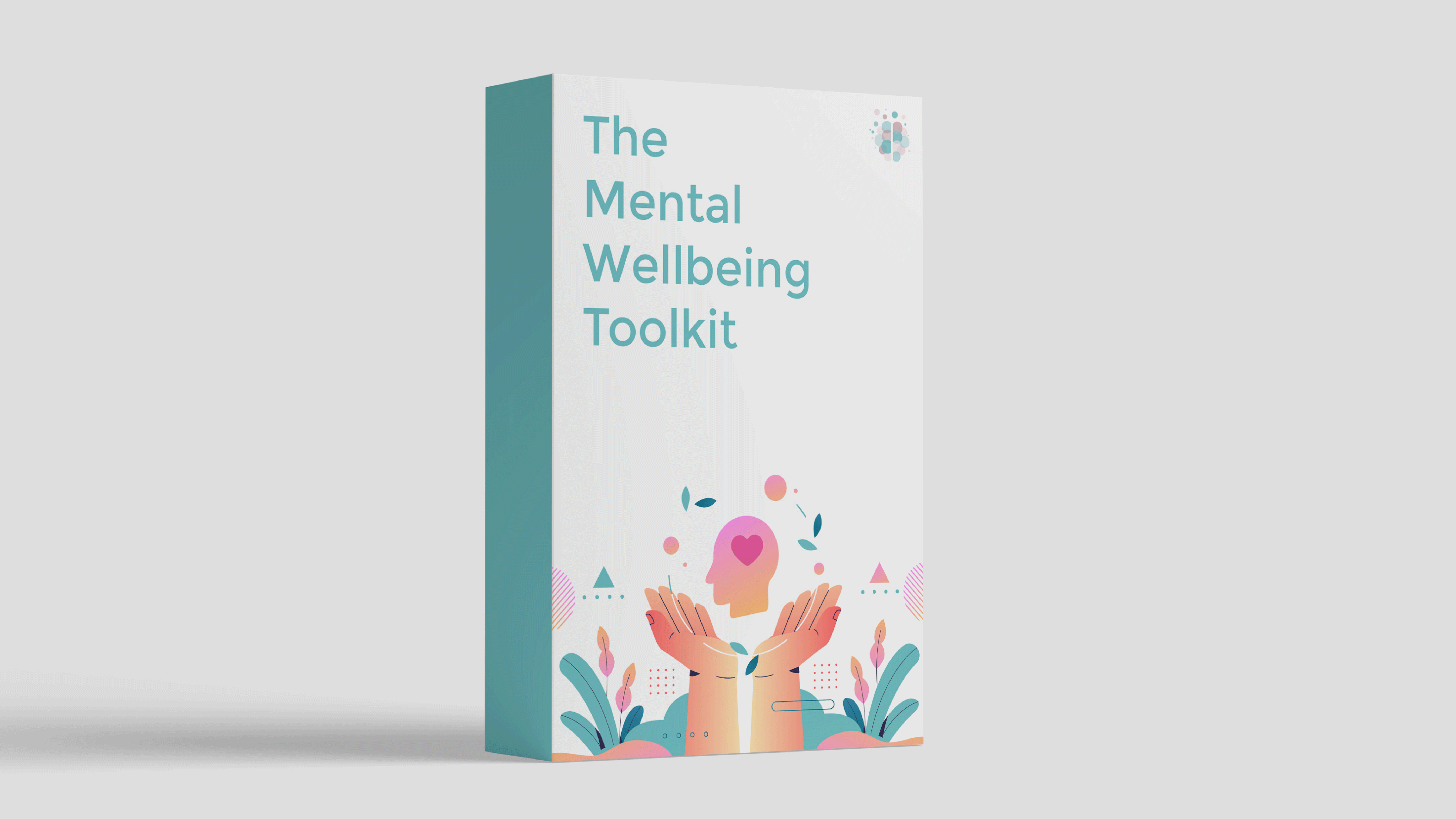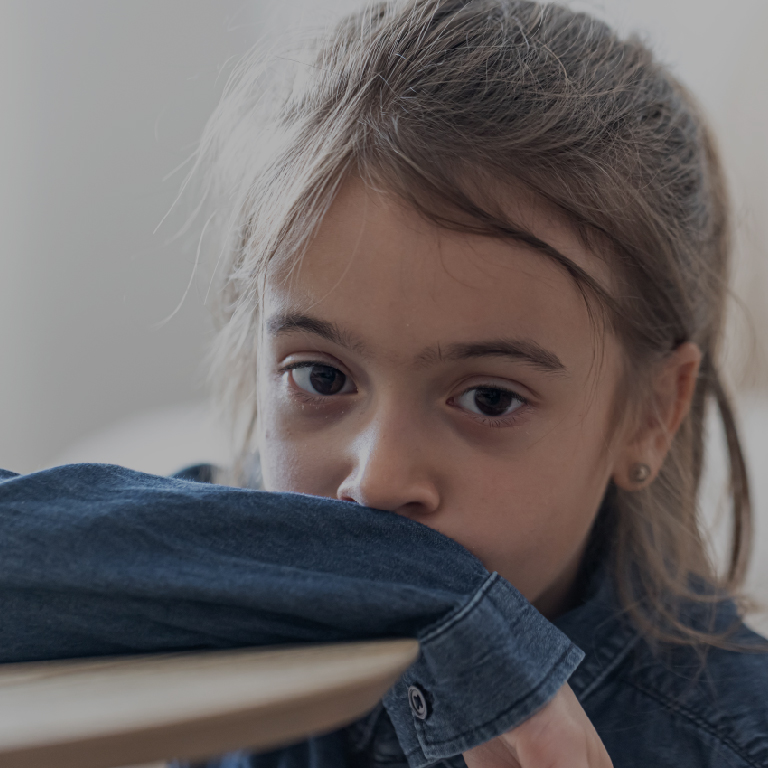There are four types of attachment styles: Secure, anxious, avoidant, and disorganized, a.k.a., fearful-avoidant.
People with a fearful-avoidant attachment style tend to have a lot of difficulties in relationships.
Read on to learn whether you have a fearful-avoidant attachment style, and if so, how to manage it.
What Are Attachment Styles?
Attachment Theory was originally developed by British psychologist John Bowlby.
Bowlby believed that if primary caregivers consistently met the needs of infants, they were more likely to survive. Therefore, close bonds between infants and their primary caregivers was evolutionarily advantageous.
He also theorized that the bonds between children and primary caregivers would predict the quality of their relationships in adulthood.
Researchers such as Mary Ainsworth went on to study attachment and found evidence that Bolwby’s theories were accurate. They also identified four styles of attachment.
The Four Attachment Styles
1. Secure Attachment
- In children, this looks like showing distress when separated from their primary caregiver, but feeling joyful and easily comforted upon their return.
- In adults, this looks like:
- Seeks romantic partners who are equally interested in them, and who show them respect
- Ability to be emotionally available to their partner
- Willingness to work through problems and conflict in relationships
- Trustworthiness and ability to trust others
- Rides out “lulls” or boredom in long-term relationships
2. Anxious or Ambivalent Attachment
- In children, this looks like extreme distress when separated from their primary caregiver, from which they cannot be comforted or calmed down easily. This is a sign of unreliability or unpredictability of the primary caregiver.
- In adults, this looks like:
- Feeling empty, anxious, and/or uncomfortable when separated from their romantic partner, especially for long periods of time, and sometimes for brief times as well
- Needing frequent reassurance from romantic partners that they are loved and invested in the relationship
- Investing so much in one partnership or friendship that they have difficulty simultaneously fostering others
3. Avoidant or Dismissive Attachment
- In children, this looks like not showing preference between a primary caregiver and a total stranger, and not showing much reaction when a primary caregiver returns. This is often a sign of abuse or neglect.
- In adults, this looks like:
- History of many romantic or sexual partners, and few if any long-term commitments
- Feeling “suffocated” or “stifled” when someone shows a lot of interest in them or reaches out often
- Difficulty discussing their feelings or knowing how to comfort others
- Looking for reasons to break up with romantic partners that others may see as insignificant
- Feeling more comfortable in open relationships, situations of infidelity by one or both partners, and undefined or “unlabeled” relationships
4. Fearful Avoidant, a.k.a., Disorganized Attachment or Anxious-Avoidant
- In children, this may look like avoiding or resisting their caregiver at times, while seeking comfort from them at other times. It’s likely the result of inconsistent or chaotic parenting, and is the least common attachment style.
- In adults, this looks like:
- Craving closeness in relationships and never feeling like they’re close enough
- Pushing others away when it feels like they are getting too close
- Difficulty trusting others and believing that they are genuinely liked and loved
- Frequently anticipating the worst possible outcome in relationships
- Wanting a long-term relationship, but feeling confused, frustrated, and defeated
How to Cope with Fearful Avoidant Attachment Style
- If you had a difficult childhood or identify with the C-PTSD diagnosis, read our free eBook Understanding and Healing Trauma.
- See a psychotherapist. They can help you determine if the fearful avoidant attachment style is accurate and develop a plan for addressing it.
- If therapy isn't an option for you, explore trauma-informed self-guided mental health support.
- Connect with others with this attachment style through Reddit.
- Dialectical Behavioral Therapy provides many specific relationship and communication skills that may help folks with a fearful avoidant attachment style. Here are some articles on DBT:
Goals for People with a Fearful Avoidant Attachment Style
- Learn how to identify and process your emotions.
- Work on your relationship skills.
- Learn how to recognize and manage splitting.
- Practice sharing your feelings with others.
- Have corrective experiences (with a psychotherapist, for example) that help you learn to trust people.
- Prioritize friends, family, chosen family, and romantic partners who show you love and respect.
- Slowly, become more vulnerable with people you care about in order to develop feelings of trust with them.
Trauma-Informed Self-Guided Support for Mental Health
Research shows that self-help materials are often enough for people to overcome mild to moderate mental health difficulties without professional support.
If you’re interested in a trauma-informed self-guided program, be sure to check out The Mental Wellbeing Toolkit.

About Rebecca
Rebecca Ogle, LCSW, is a Licensed Clinical Social worker and therapist in Chicago, IL.Rebecca provides therapy to people with anxiety, low self-esteem, and people pleasing tendencies. She uses a feminist and social justice lens, and interventions based in CBT, mindfulness, and motivational interviewing.
For helpful, free content, follow her on Instagram or go to her website.



